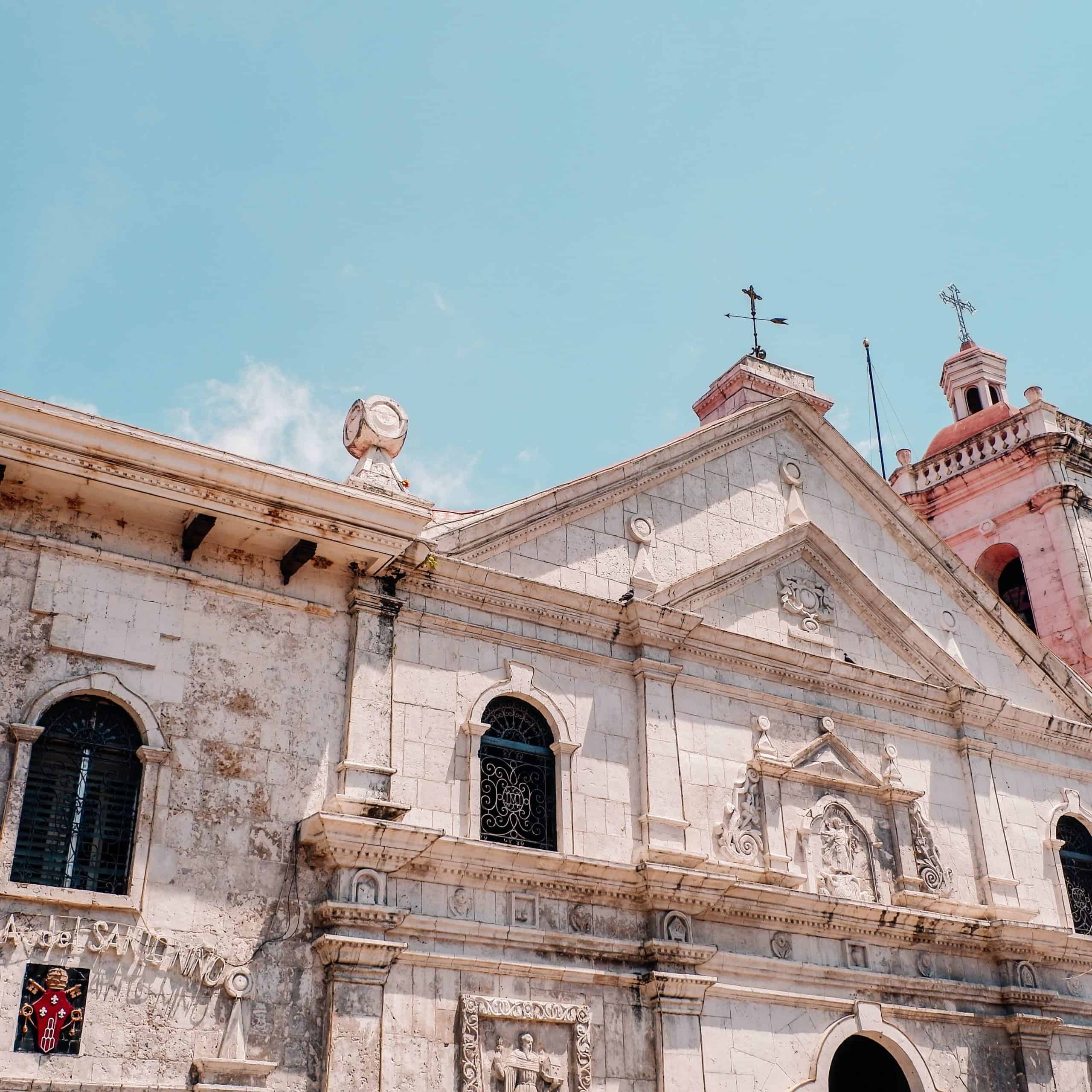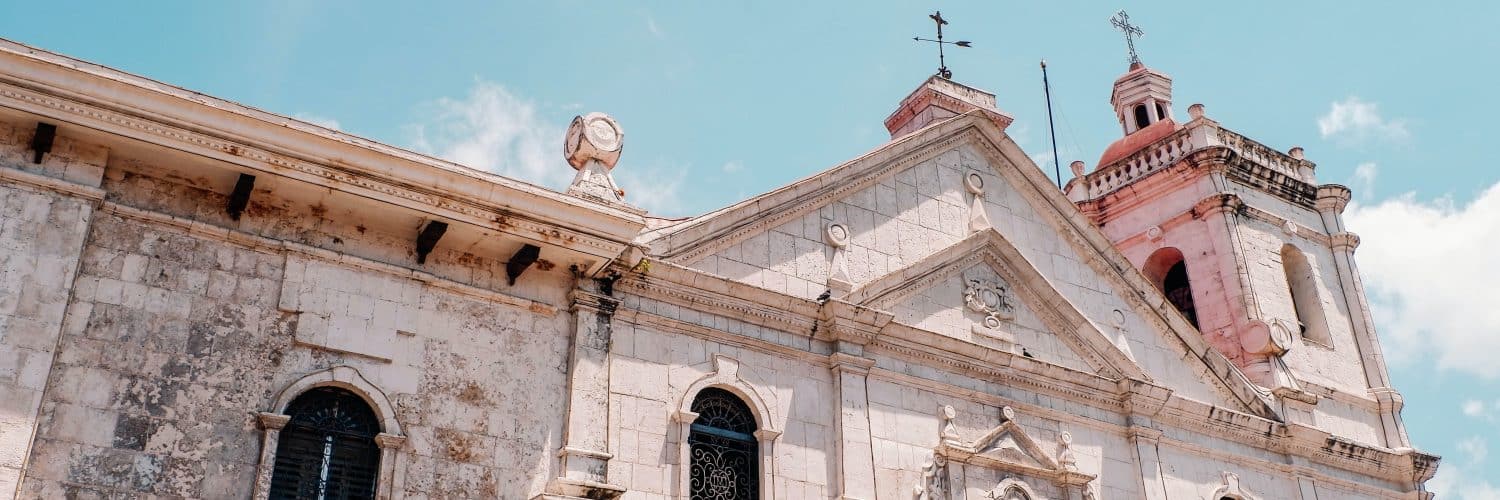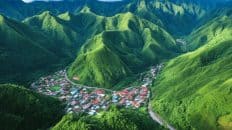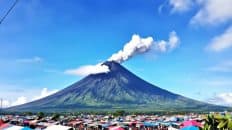The Philippines is not just about white-sand beaches and azure waters. It’s a land with stories etched in every corner, from its bustling cities to its quietest provinces. These ten historical sites offer just a glimpse into the soul of the nation—a nation that has battled, survived, and thrived. As you journey through them, you don’t just witness history; you become a part of it.
The Philippines boasts a rich tapestry of history and culture. For millennia, it has been a melting pot of influences—from the indigenous tribes that first called these islands home to the Spanish, Americans, and Japanese who each left their mark. Today, the Philippines stands as a testament to its tumultuous past, with historical sites that speak volumes about its heritage. Here, we dive deep into the top ten historical sites that every visitor to the Philippines must explore.
10 Best Historical Sites in the Philippines
- Intramuros, Manila
- Rizal Park, Manila
- Corregidor Island
- Banaue Rice Terraces, Ifugao
- Barasoain Church, Malolos
- Paoay Church, Ilocos Norte
- Blood Compact Site, Bohol
- Fort Pilar, Zamboanga City
- Mactan Shrine, Cebu
- Miagao Church, Iloilo

Intramuros, Manila
Often referred to as the ‘Walled City’, Intramuros is the oldest district in Manila. Constructed in 1571, it served as the seat of the Spanish government during their 300-year colonial rule. Within its sturdy stone walls, one finds the San Agustin Church—the oldest stone church in the Philippines—and Fort Santiago, a citadel that has witnessed centuries of battles and revolutions. Wandering through its cobblestone streets, you’re immediately transported back in time, feeling the weight and richness of Philippine history.The intricate Spanish architecture, remnants of old houses, and period-correct horse-drawn carriages called “kalesa” make it a must-visit. This district, although ravaged by war and time, has undergone extensive restoration, ensuring that the stories of the past continue to echo for future generations.
Rizal Park, Manila
More than just a lush urban oasis, Rizal Park is a tribute to the country’s national hero, Dr. Jose Rizal. The park houses the Rizal Monument—a statue commemorating the place where he was executed by Spanish authorities. His poignant writings and activism against the colonial regime ignited the flames of the Philippine Revolution.Close by, you’ll find the Independence Flagpole—the country’s tallest flagpole—and Kilometer Zero marker. The park is not just a silent observer of history; it’s an embodiment of the nation’s struggles and triumphs. Many significant events, from political rallies to cultural festivals, have found their stage here, making it an emblem of the Philippine spirit.
Corregidor Island
Situated at the entrance of Manila Bay, Corregidor served as a key fortress during World War II. Its network of tunnels, barracks, and gun batteries tell tales of heroism and resilience. The Malinta Tunnel, in particular, was the last stronghold of Filipino and American soldiers before the island fell to the Japanese.Today, a guided tour takes visitors through its hauntingly beautiful ruins and landmarks, such as the Pacific War Memorial and the Eternal Flame of Freedom. These remnants are a powerful reminder of the sacrifices made to protect freedom and sovereignty.
Banaue Rice Terraces, Ifugao
These ancient terraces, carved into the mountains of Ifugao over 2,000 years ago, are an awe-inspiring testament to the ingenuity of the indigenous people. Not only are they a marvel of early engineering, but they also represent a harmonious balance between man and nature.Although not a historical site in the traditional sense, the terraces are living monuments to the rich culture and traditions of the Ifugao people. They’ve maintained these terraces through generations, preserving both the physical structures and the ancient farming methods that continue to sustain them.
Barasoain Church, Malolos
Located in the historic town of Malolos, Barasoain Church played a pivotal role in the country’s pursuit of independence. It was here that the first Philippine Congress convened in 1898, drafting the Malolos Constitution—the first republican constitution in Asia.The church itself, with its intricate wooden altar and stained glass windows, is an excellent example of Spanish colonial architecture. The adjoining Barasoain Museum offers deeper insights into the events that took place here, making it a holistic experience for history enthusiasts.
Paoay Church, Ilocos Norte
The Saint Augustine Church, commonly known as Paoay Church, is a UNESCO World Heritage site. Known for its unique “Earthquake Baroque” architecture, its massive buttresses are designed to withstand the tremors common in the region. Built in the 1700s, the church is a fusion of Spanish and indigenous influences.Apart from its architectural grandeur, the church has also witnessed significant historical events. It served as an observation post by the Katipuneros—Filipino revolutionaries—during the Philippine Revolution against Spain.
Blood Compact Site, Bohol
The Blood Compact, or “Sandugo”, was a ceremony sealing the bond of friendship between the Spanish explorer Miguel López de Legazpi and Datu Sikatuna, a native chieftain. This 1565 event is recognized as the country’s first international treaty. The site in Bohol commemorates this historic event with a sculpture depicting the leaders in their moment of unity.The annual Sandugo Festival in July celebrates this act of friendship, merging history and festivity in a vibrant showcase of dances, music, and art.
Fort Pilar, Zamboanga City
Initially built as a military defense fortress by the Spanish in 1635, Fort Pilar has undergone numerous transformations. Today, it stands as both a museum and a shrine. Its walls, which once repelled invaders, now embrace both history enthusiasts and devotees.The shrine, dedicated to Our Lady of the Pillar, serves as a beacon of faith and resilience for the locals. The fort’s museum, on the other hand, offers a window into the colorful tapestry of Zamboanga’s past.
Mactan Shrine, Cebu
The Mactan Shrine stands on the very spot where the Battle of Mactan took place in 1521. This was where the native chieftain Lapu-Lapu and his warriors defeated Portuguese explorer Ferdinand Magellan. The shrine pays homage to Lapu-Lapu’s valor, marking an essential chapter in the Philippines’ resistance against colonial rule.A towering statue of Lapu-Lapu dominates the site, a symbol of Filipino bravery. The adjacent Magellan shrine, though smaller, commemorates the explorer’s impact on Philippine history.
Miagao Church, Iloilo
Another UNESCO World Heritage site, the Santo Tomas de Villanueva Parish, or Miagao Church, stands as a fortress-church built against Muslim raiders. Its intricate façade showcases indigenous Filipino craftsmanship with botanical motifs and images of saints. Beyond its architectural brilliance, Miagao Church tells stories of faith and determination. Despite facing numerous challenges—from invasions to natural disasters—the church has withstood the test of time, echoing the enduring spirit of the Filipino people.


















Add comment